Primary Sources
Primary Sources
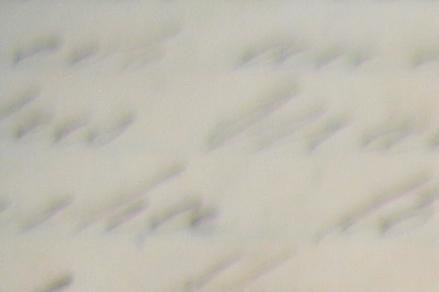
Teachers, need a primary source to create a lesson in the classroom? Students, need a source for a research project?
Here, we've listed the primary sources featured in our Unit Plans. Click on a primary source to go to its page, where you may find additional images, transcriptions of the text, a citation guide for including the source in a bibliography, or ways to purchase copies of the source for the classroom.
HSP's collections are not limited to the primary sources listed here. To see all that HSP has to offer, come visit us or explore our collection online through the Digitial Library and the Discover online catalog.
Some sources have handwriting that is difficult to read. If you need help decoding handwriting, check out this guide from Ancestry.
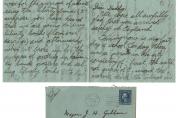 Letter from Sam Gibbon to his father serving as an army doctor in World War I. Postmarked May 5th 1917 |
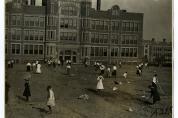 This source has multiple images. Click on the image to view others. Photographs of various War Gardens-related activities from the Philadelphia War Photograph Committee. (1) is photograph of students at West Philadelphia High School tending to war gardens.(2) is photograph of young members of the "land army" posed for review at an unidentified location. |
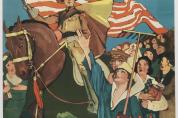 World War I-era poster for the "National League for Womans Service." |
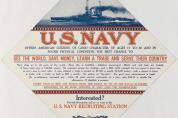 World War I-era poster recruiting men for the U.S. Navy. |
 A World War I era poster encouraging men to take up arms and enlist. The poster callson Revolutionary War imagery and sentiments. |
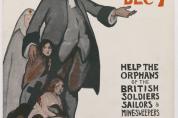 World War I-era poster urging Americans to "help the orphans of British soldiers sailors & mine-sweepers." |
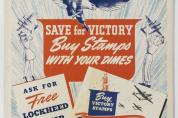 This source has multiple images. Click on the image to view others. World War II-era poster encouraging boys and girls to buy "victory stamps." Includes fold-out booklet for collecting stamps. |
 This Source has multiple images. Click on the image to view the others. Various photographs of the Liberty Statue displayed at City Hall(1) is photograph of the crowd gathered in the City Hall plaza for the unveiling of the Liberty Statue, which was installed to promote the purchase of Liberty Loans.(2) is photograph of night scene showing the crowd gathered around the Liberty Statue in City Hall plaza. Visible on the facade of City Hall is a light display reading "Food Will Win the War. Don't Waste It." |
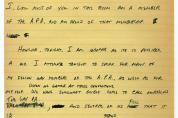 Draft of speech by John Fryer to the American Psychiatric Association Annual Meeting concerning homosexuality and the psychiatric profession. Fryer was the protagonist of one of the most important moments in the history of the American gay rights movement. In 1964, Dr. Franklin E. Kameny publicly criticized the listing of homosexuality as a disease in medical literature. |
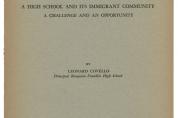 Excerpt from Leonard Covello's article. The author examines different aspects about the immigrant communities in East Harlem and discusses the model of community-centered schools. |
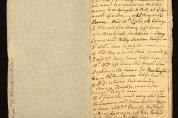 The diaries of Elizabeth Sandwith Drinker highlight the life of a Quaker woman living in Philadelphia in the late 1700s and early 1800s. Between 1758 and 1807, Drinker wrote often in her journals, usually about her family and their health. Occassionaly, she also detailed medical practices and her own moral standards. She discussed major events insofar as they affected her family, such as the Revolutionary War and the 1793 Yellow Fever outbreak. |
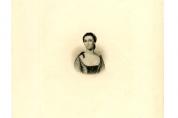 This primary source is a portrait of Elizabeth Fergusson. She wrote poems about women during the Revolutionary War era that provide insight into a womans daily life. |
- ‹ previous
- 4 of 22
- next ›
